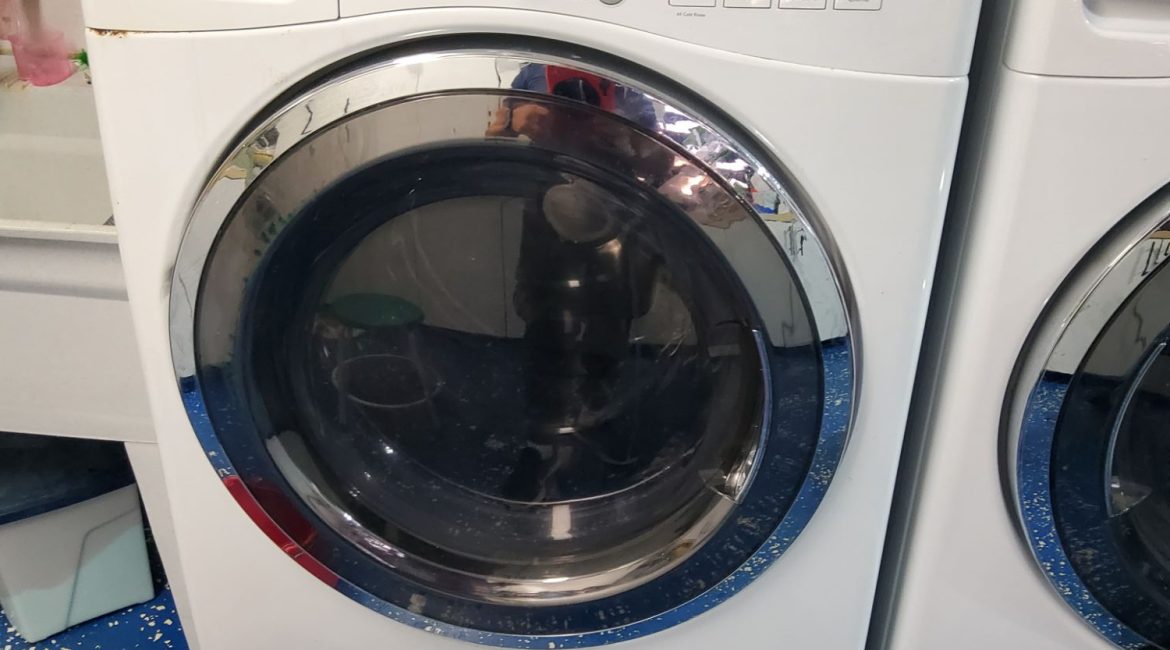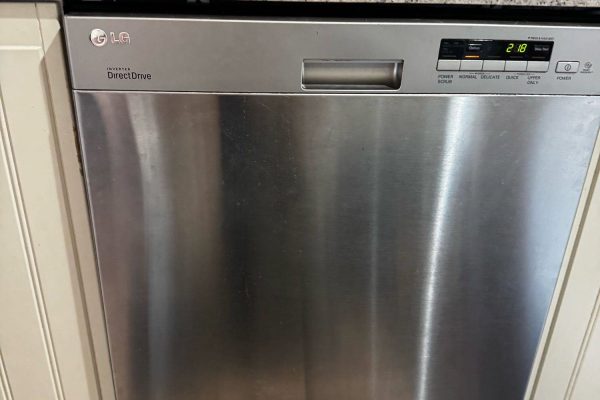A washing machine that drains slowly may seem like a minor inconvenience at first, but over time, it becomes a serious disruption. Instead of finishing a cycle in the usual amount of time, your washer may extend its drain phase, pause unexpectedly, or even stop entirely with water still left inside the drum. When this happens repeatedly, the machine is giving you a clear sign: something is wrong with its drainage system.
Two of the most common causes of slow drainage are a partially clogged drain pump and an obstructed drain line. Both of these issues often develop gradually, and many homeowners don’t notice the early signs until the machine begins taking unusually long to drain. Understanding these causes, recognizing the symptoms, and taking action early can protect your washer from major damage and save you from expensive repairs down the road.
Why Your Washer Depends on Proper Drainage
A washing machine drains multiple times during each wash cycle. After the wash phase, the water must leave the drum quickly so that rinsing can begin. After rinsing, the water must drain again so the machine can start spinning effectively. If drainage slows down, the entire wash program becomes delayed, causing extended cycle times. In some cases, the washer may fail to drain completely, triggering error codes, repeated cycle resets, or a complete shutdown.
Poor drainage also places stress on other internal components. The motor, drum, and control board may work harder or run longer than intended, which leads to accelerated wear and possible overheating. What begins as a minor clog in the pump or drain line can easily turn into a larger breakdown if ignored.
Cause 1: A Partially Clogged Drain Pump
The drain pump is responsible for pushing water out of the washer and into the home’s drain system. Over time, small items and debris may reach the pump and get stuck. These can include:
- Lint from clothing
- Threads or fabric fibers
- Hair
- Small objects left in pockets
- Detergent build-up
- Mineral deposits in areas with hard water
Even a partial blockage reduces the pump’s ability to move water efficiently. The pump may start making unusual noises or feel hot to the touch due to strain. In some cases, the pump may run longer than usual, trying to complete the draining process.
If the pump becomes fully blocked, the washer will stop draining entirely. However, the warning signs usually appear gradually: longer drain times, occasional pauses in the cycle, and a drum that still contains water when the cycle ends.
Cause 2: An Obstructed Drain Line
The drain line is the flexible hose that carries water from the washing machine to the household plumbing system. If anything obstructs the flow in this hose, the washer cannot drain at the proper speed. Some common causes include:
- A kinked drain hose behind the machine
- Soap scum and residue accumulation inside the hose
- Lint build-up narrowing the water passage
- Foreign objects lodged inside the drain line
- A blocked standpipe or wall drain
Unlike pump blockages, drain line clogs often happen due to the gradual build-up of detergent residue and lint. As the opening inside the hose becomes smaller, water moves more slowly. Eventually, the drainage slows down so much that the washer extends its cycles or stalls entirely.
If the wall drain is obstructed rather than the washer’s hose, water may even back up into the room, causing leaks or unexpected puddles behind the appliance.
Signs Your Washer Is Draining Too Slowly
Recognizing early symptoms can help you take action before a full malfunction occurs.
- The washer takes much longer to complete a cycle
- Water remains in the drum after the draining phase
- The machine pauses with error codes related to drainage
- You hear the pump running longer or louder than usual
- A musty odor develops due to standing water
- Clothes come out wetter than usual after spinning
All of these signs suggest that drainage is impaired. Waiting too long increases the risk of flooding, pump failure, and damage to the control board.
Why Professional Repair Matters
While some homeowners attempt to unclog a drain hose on their own, washing machine drainage systems are more complex than they appear. Opening the pump assembly, removing blockages safely, and inspecting internal components require experience and proper tools. Incorrect handling can easily damage the pump impeller, tear the hose, or create leaks.
A qualified technician can quickly diagnose whether the issue is inside the pump, the drain line, or deeper within the appliance. Professional repair ensures:
- Safe removal of debris
- Full inspection of pump performance
- Proper cleaning or replacement of the drain line
- Prevention of future clogs
- Protection of internal components from strain
A slow-draining washer should never be ignored. Early intervention ensures reliable performance and extends the lifespan of the appliance.
If your washer is taking too long to drain, don’t wait for a complete breakdown. Contact Oceanside Appliance Service Center for fast, reliable, and professional repair. Our experts will diagnose the problem, restore proper drainage, and make sure your appliance runs efficiently again.
Call today and schedule your service.
Contact us


